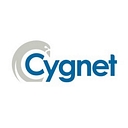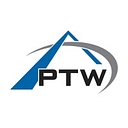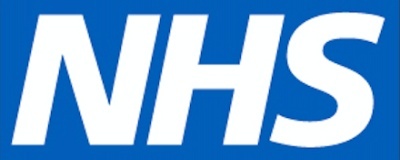
Companies that use Toolkit
Toolkit makes use of the latest and greatest technology. This includes HTML5 for semantics, CSS3 for animations and styles, Sass for CSS pre-processing, Gulp for task and package management, and powerful new browser APIs for the JavaScript layer.
14,805
companies
List of companies using Toolkit
Toolkit customers by country
Toolkit is used in 88 countries
Technology Usage Statistics and Market Share
How to target Toolkit users
- How to customize this list?
You can customize this data to your needs by filtering for geography, industry, company size, revenue, technology usage, job postions and more. You can download the data in Excel or CSV format.
- How to be alerted when companies adopt this technology?
You can get alerts for this data. You can get started by selecting the technology you are interested in and then you will receive alerts in your inbox when there are new companies using that technology.
- How to import this data to my CRM?






































































